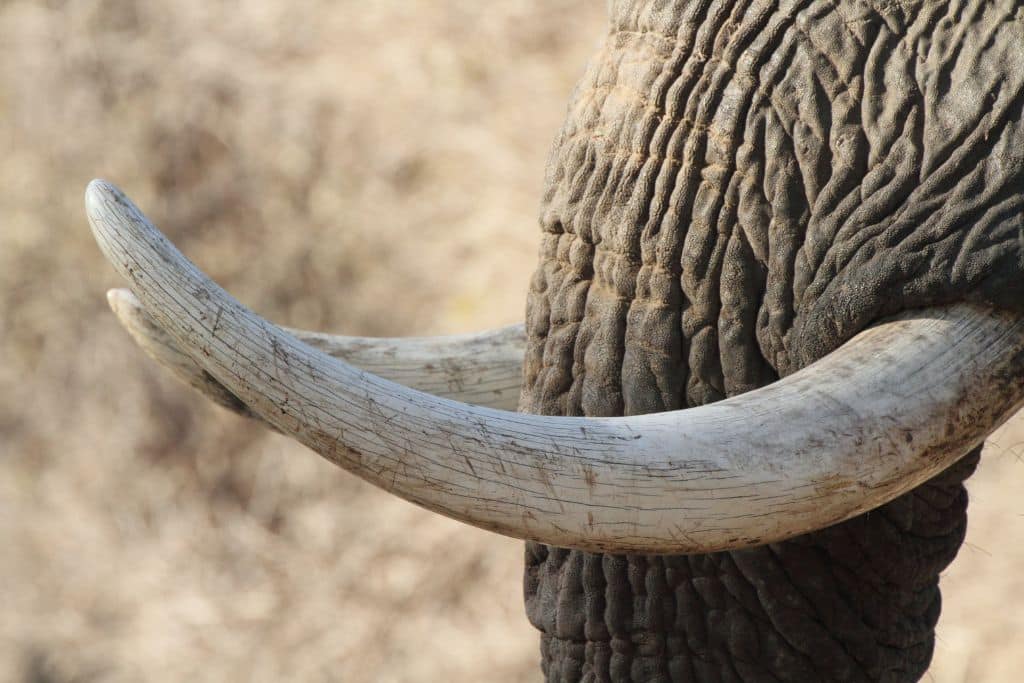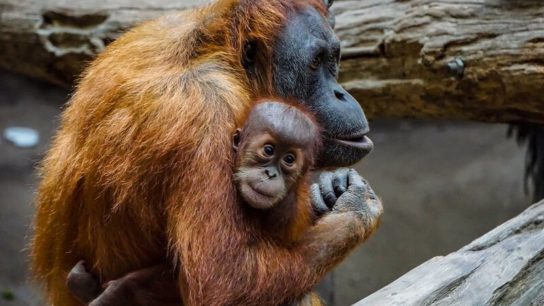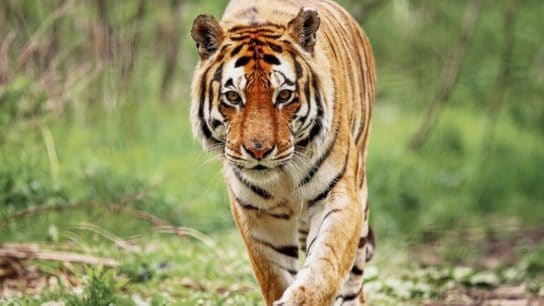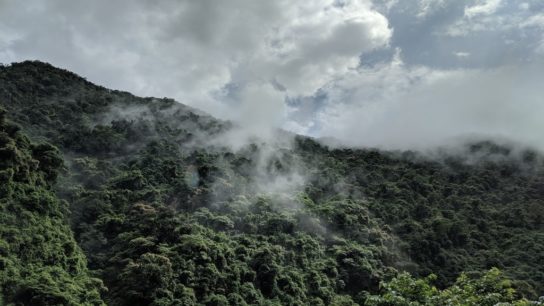The first quarter of 2023 has been characterised by the black box of artificial intelligence (AI), inspiring awe and fear that we are now poised at the edge of some boundless technological revolution. Different models are out in droves; from applications in medical imaging for precancerous cells and in vehicles for autonomous navigation, to AlphaGo’s mastery of the centuries-old board game Go and ChatGPT’s disarray of education and industry through analysis and synthesis of human language. How might AI be used to face our imponderable and wicked problems, such as the illegal wildlife trade?
—
In March 2023, when customs officials at Hai Phong port – one of Vietnam’s busiest cargo ports – prised open a 6-metre-long metallic container declared as carrying peanuts, peanuts were nowhere to be found. Instead, inside the containers were hundreds of long, severed ivory tusks, stacked upon one another.
This is the third occasion this year that the Hai Phong Customs Department has intercepted a shipment of illegal ivory. This time, the ivory weighed over 7,000 kilograms, the largest seizure at Hai Phong port. A rival to cocaine, a single kilogram of raw ivory commands a price tag ranging from US$100 to $2,500.
Ivory is only the tip of the tusk. Close neighbours, rhinos, are culled for their horns. When the international trade of elephants, rhinos, and their parts was made illegal, traffic not only continued unabated but pulled other species into its vortex; red keratin casques of helmeted hornbills and the pearl-tinted bivalve shells of giant clams are marketed as the “new” ivory, threatening both species with extinction.
Beyond ivory, the global trade in thousands of other species from large mammals to plants and fungi for traditional medicines, exotic pets, and fashion has fuelled a rampant black market. United Nations Environment Programme and INTERPOL estimate the value of the global illegal wildlife trade up to US$20 billion annually. Its true scope, however, is difficult to gauge; the clandestine nature of the networks means that it remains a large and ever-elusive elephant in the room.
Commonly bound with narcotics, arms, and human trafficking, the illegal wildlife trade networks rely on three main phases: Collection and harvest in source countries, trafficking networks for processing and transportation, and sale and purchase in destination countries. At each stage, there are many tricks of the trade to avoid detection and capture.
The goods seized at Hai Phong are said to have been transshipped in Singapore, with unusual language and inaccurate input used in its declaration to disguise the consignment’s origin and routes.
More often than not, contraband does not even need to be concealed; at customs ports, officials are frequently stumped by species and their source. Whether a transboundary species was harvested legally or illegally and in which origin country is next to impossible to determine. It is also – without sufficient manpower, knowledge, and a perceptibly keen eye – difficult to detect to which species of shark an unattached fin belongs, or which species have been processed into products like trinkets, garments, or medicines, in tablets or ground finely into powder. As illegal products are increasingly sold online on social media or e-commerce platforms, the proverbial game of cat and mouse is even further askew; sellers use code names or miswrite words and characters, hop between applications, and conceal their identity and location. Methods are constantly evolving, changing, and adapting.
As algorithms improve and AI intersects more regularly with daily life, many of those in the conservation field hold out hope that this juncture may provide entry points to embed AI within their efforts.
“AI is being developed to automatically monitor and investigate high volumes of online data to effectively prevent and disrupt this trade,” wrote Prof. Payal Arora, a digital anthropologist and professor at Erasmus University Rotterdam focused on technology and social issues, in a collaborative paper.
The roads between illegal wildlife trade and AI appear to be converging and crossing. To monitor wildlife and its harvest, a proliferation of AI cameras and sensors are being used to identify and track different species in their natural habitats. Archangel Imaging, a UK-based start-up, combines AI with cameras, motion detectors, and satellite communications to engineer the Argonaut. This new camera pings poaching activity to the nearest rangers, instead of daily foot patrol. The University of Southern California developed the Protection Assistant for Wildlife Security (PAWS) – promoted as a “game-theoretic decision-aid” that learns from the historic activity and topographical data and uses game theory to predict poaching hotspots and optimise patrol routes.
Further along the supply chain, AI algorithms have been trained to recognise features of illegal wildlife products and assist forensic scientists in analysing DNA, making it easier to detect them at border checkpoints and to identify the species and origin of the product. The United Nations Food and Agriculture Organization (FAO) and the University of Vigo developed iSharkFin, a software that learns from dorsal and pectoral fin shapes to identify the species. In conjunction, a collaboration between Conservation International, the Singapore National Parks Board, Microsoft, and other partners resulted in the launch of the Fin Finder app, which is able to generate the shark species within a snap. In the marketplace, AI-powered tools are used to monitor social media and e-commerce platforms for keywords and images related to illegal wildlife trade activities via natural language processing and image recognition technology.
As things go in the wild, every action can have unknown and unpredictable consequences. While AI is currently nascent, its budding use and boundless potential have created an ethical and political minefield, with enduring dilemmas between open source and data privacy. This is exacerbated within the complex matrix of actors and activities in the illegal wildlife trade.
“The accumulation of intelligence will only go as far as the funding allows”, wrote Arora, and the “exorbitant costs sit uncomfortably with the major resource scarcity in play.”
Public-private partnerships between donors and tech companies may simply use local communities, particularly in the Global South, as “testbeds for new technologies” and “with no clear steps for integration into the community”. Such constraints decouple AI from people, and compel “leapfrogging over the human to the technology.”
What this means, ultimately, is that AI is a tool for people, not against people. What is needed is a strategic approach toward data governance, security, and access. What is needed is a long-term investment in community-based networks. As to what we get, only time will tell.
You might also like: 7 Data-Based & Artificial Intelligence Projects To Help Fight Climate Change













